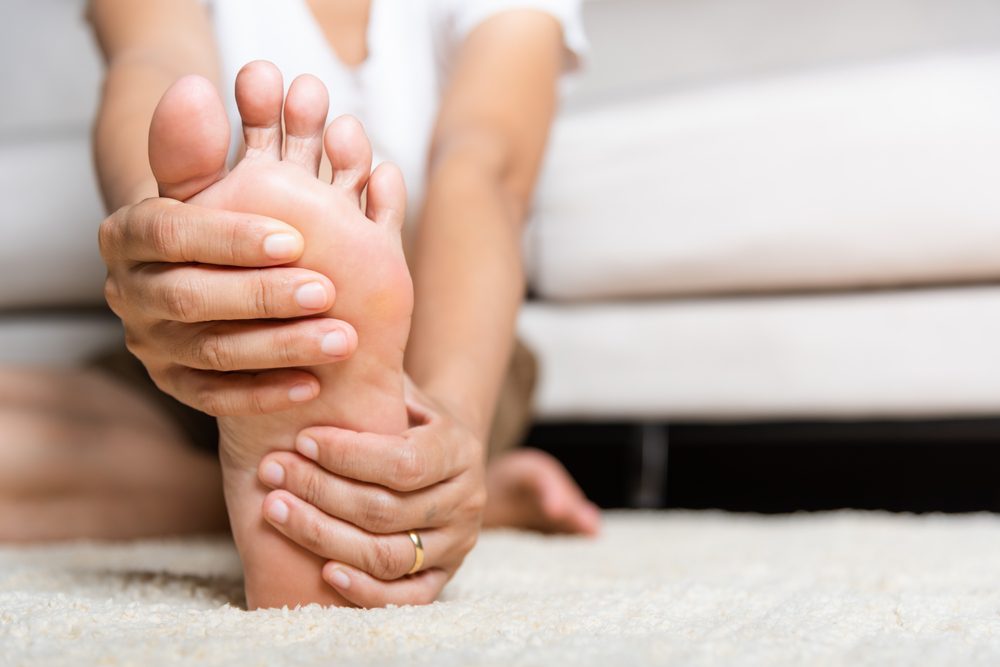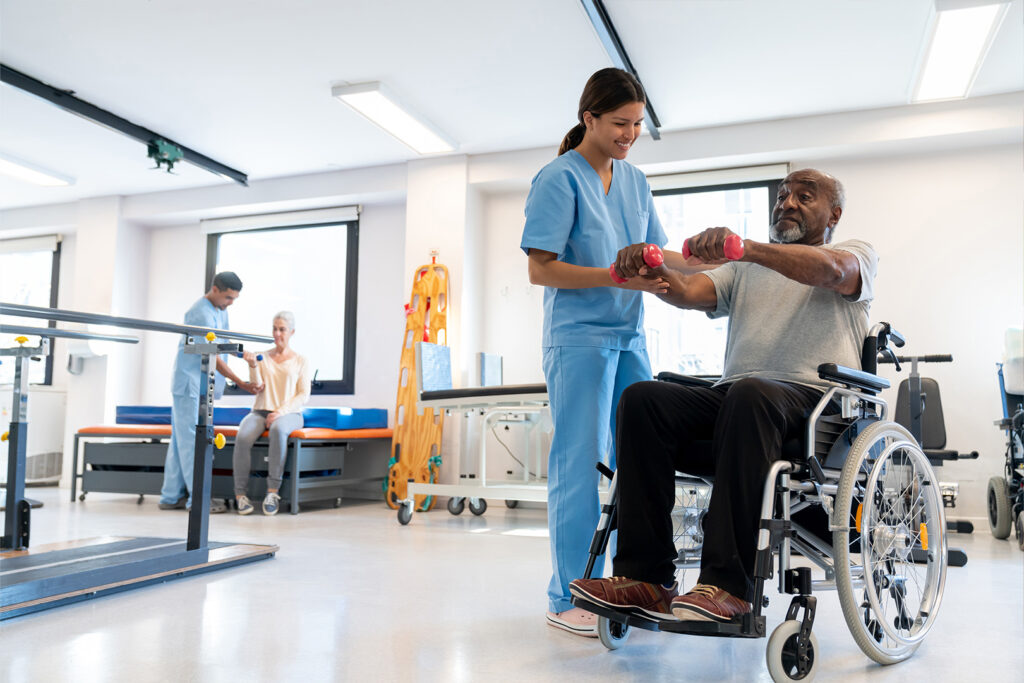
Category: Orthopedics
-
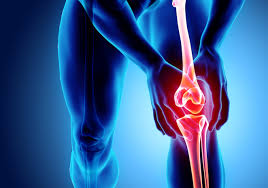
The Benefits of X-Rays in Evaluating Joint and Bone Health
Read More: The Benefits of X-Rays in Evaluating Joint and Bone HealthX-ray imaging is a key diagnostic tool in medicine, providing insights into the health of joints and bones. This explains what x-rays are, the conditions they can identify, and what to expect during the procedure. By understanding this technology, you’ll see how it supports your musculoskeletal health. What is an X-Ray? An x-ray is a…
-

Tips for Coping with Chronic Pain
Read More: Tips for Coping with Chronic PainChronic pain affects more than physical health; it can disrupt daily routines, impact emotional well-being, and reduce overall quality of life. While it may not always be possible to eliminate the discomfort, there are strategies that can make it more manageable. Here are practical ways to cope with persistent pain: Adopt Healthy Lifestyle Habits Physical…
-

Common Activities That Can Trigger Tendinitis
Read More: Common Activities That Can Trigger TendinitisTendinitis occurs when a tendon becomes inflamed or irritated, often as a result of repetitive motion or overuse. While it can affect anyone, certain daily activities and sports are more likely to trigger the condition. Understanding which movements contribute to tendinitis helps individuals take preventive steps and reduce the risk of long-term discomfort. Repetitive Motions…
-

Acute Versus Chronic Back Pain
Read More: Acute Versus Chronic Back PainBack pain is a common condition that affects millions of people, yet not all back pain is the same. Understanding the distinctions between different types is fundamental to addressing them properly. The primary classification depends on the duration of the symptoms, separating the experience into two main categories: acute and chronic. Recognizing the characteristics of…
-
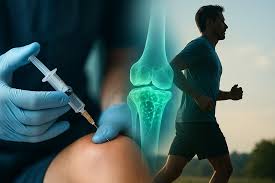
How Regenerative Medicine Offers Hope for Tendon Injuries
Read More: How Regenerative Medicine Offers Hope for Tendon InjuriesWhether due to repetitive strain, trauma, or aging, damaged tendons pose a challenge to traditional treatment approaches. Regenerative medicine, a branch of medical science focused on repairing and regenerating damaged tissues, offers innovative solutions to address these issues. Among its promising therapies, platelet-rich plasma (PRP) therapy has gained recognition in the treatment of tendon injuries. What…
-

The Growing Role of Minimally Invasive Techniques in Spinal Surgery
Read More: The Growing Role of Minimally Invasive Techniques in Spinal SurgeryIn recent years, advancements such as minimally invasive spinal fusion have transformed the way surgeons approach spinal procedures. Traditionally, spine surgery involved large incisions, extended hospital stays, and lengthy recovery times. With minimally invasive techniques, surgeons can perform complex operations through smaller incisions using specialized tools and imaging technology. This approach reduces muscle damage and…
-
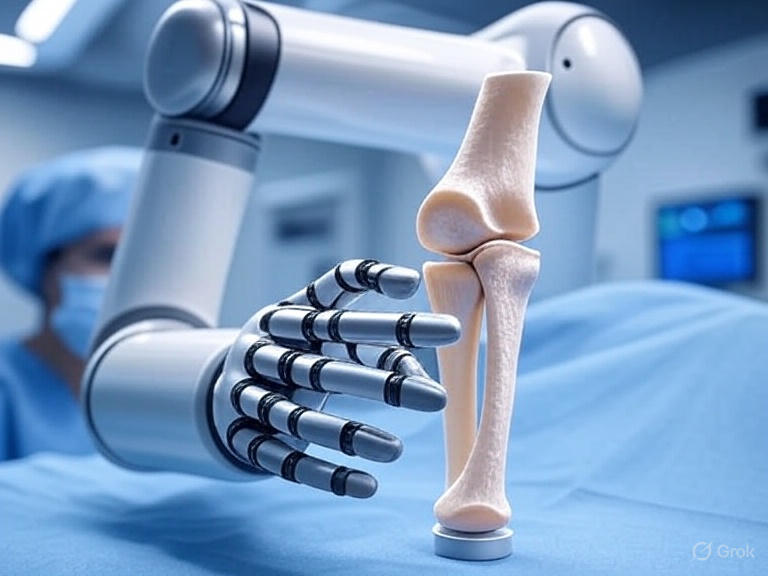
How Data Drives Robotic Joint Replacement Success
Read More: How Data Drives Robotic Joint Replacement SuccessRobotic joint replacement utilizes advanced technology to enhance the precision and success of surgeries. Doctors combine robotics with data-driven methods to achieve highly accurate results that are personalized for each patient’s unique anatomy. This process involves imaging, feedback systems, and specialized tools to replace damaged joints with artificial ones. Here’s how data helps improve this…
-
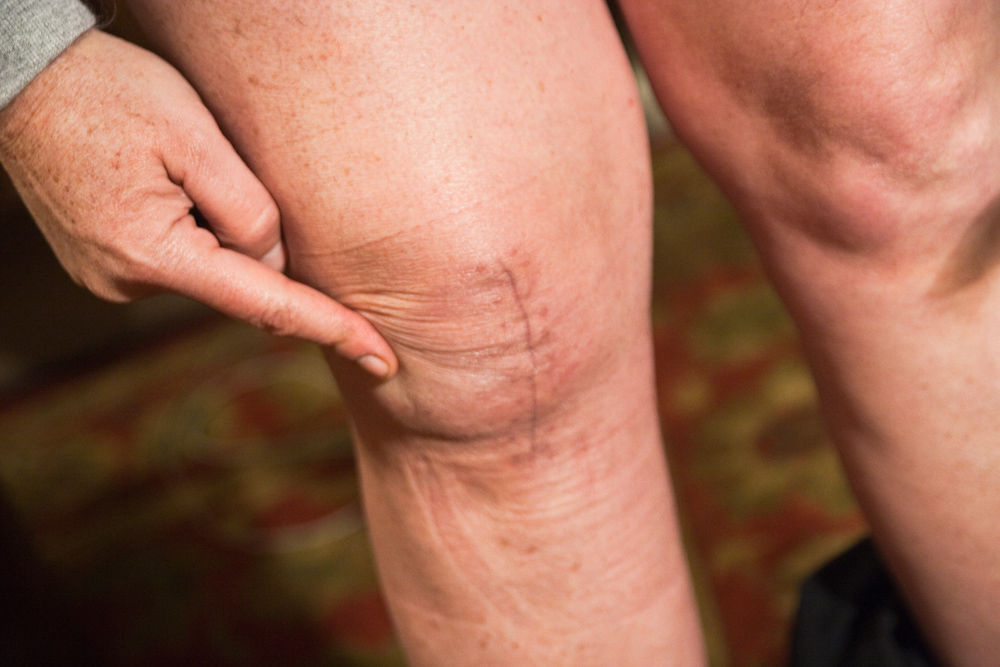
Recovery Time and Tips for Knee Replacement Patients
Read More: Recovery Time and Tips for Knee Replacement PatientsA knee replacement is a significant surgery, and understanding the recovery timeline helps patients prepare for the journey ahead. While every patient heals differently, most can expect initial recovery to take about six weeks, with improvements continuing for several months. In the first two weeks, mobility is limited, but physical therapy begins early to encourage…
-
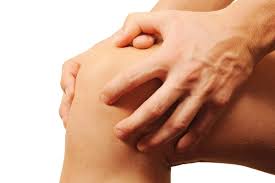
Using Stem Cell Therapy for Joint Injuries
Read More: Using Stem Cell Therapy for Joint InjuriesStem cell therapy represents an emerging treatment option for joint injuries that aims to promote natural healing and tissue regeneration. This therapeutic approach uses the body’s own repair mechanisms to address damage in joints such as knees, shoulders, and hips. The treatment involves harvesting stem cells from the patient’s body and reintroducing them to the…
-
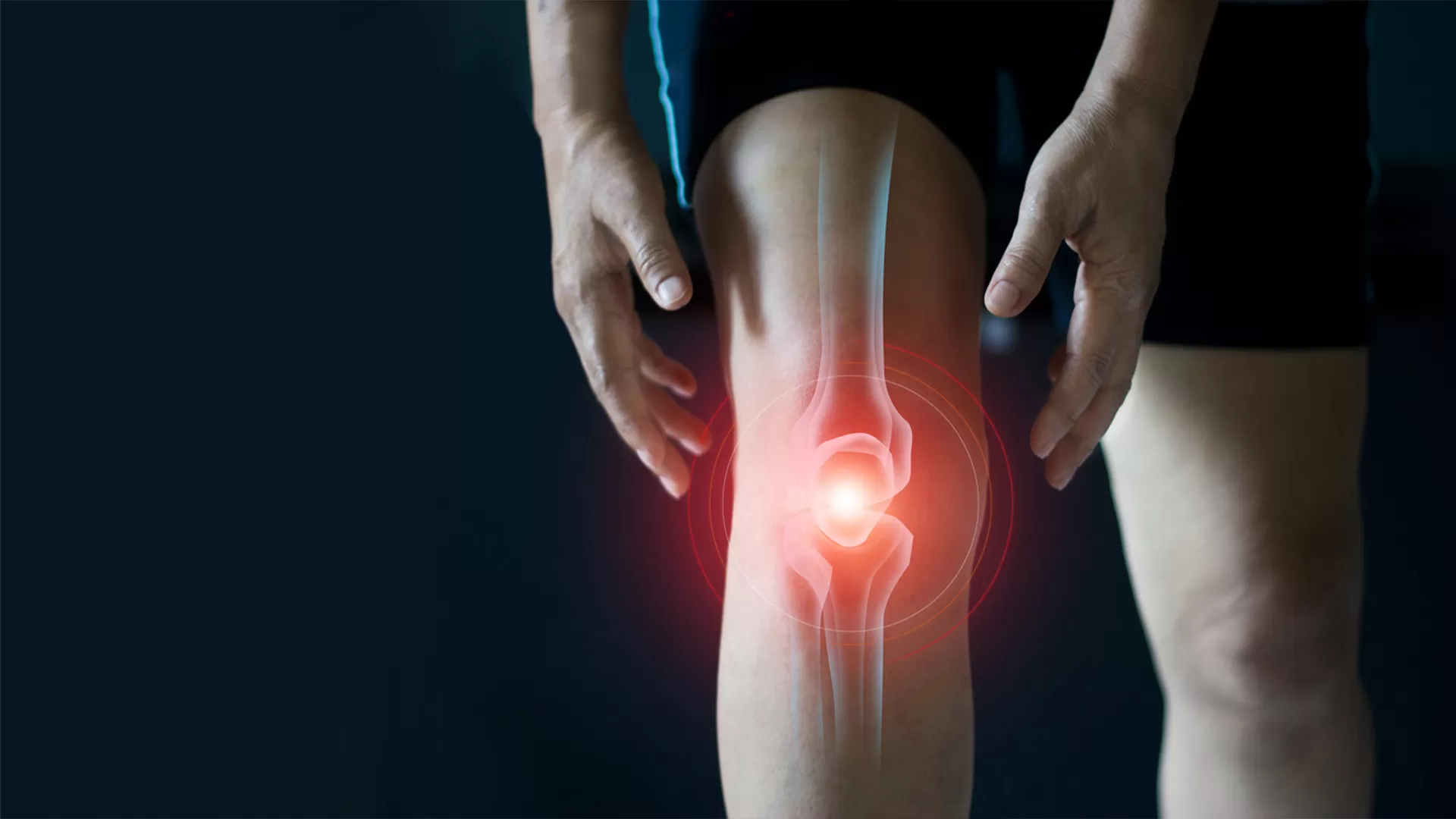
How Meniscectomy Can Impact Your Long-Term Joint Health
Read More: How Meniscectomy Can Impact Your Long-Term Joint HealthMeniscectomy involves the surgical removal of damaged meniscus tissue from the knee joint. This procedure addresses torn or damaged cartilage that cushions the space between your thighbone and shinbone. While meniscectomy can provide relief from pain and mobility issues, understanding its long-term effects on joint health helps patients make informed decisions about their treatment options.…
Search
Popular Posts
-
Exploring the Connection Between Plantar Fasciitis and Footwear Choices
Plantar fasciitis is a common cause of heel pain, and it can be more noticeable during your first steps in the morning or after long periods of rest. Many factors contribute to this discomfort, but footwear stands out as a key influence on both symptom development and daily comfort. The shoes you select play a…
-
Understanding the Different Types of Plastic Surgery Procedures
Plastic surgery is a medical specialty originally created to reconstruct facial and body defects due to birth disorders, trauma, burns, and disease. It is now commonly used to alter a person’s aesthetic appearance. Here’s more information on modern plastic surgery options and their benefits: Nonsurgical Options Cosmetic dermatology and plastic surgery share the common goal…
-
Exploring Common Conditions Treated by Orthopedics
The human body’s musculoskeletal system provides form, support, and stability. This intricate framework allows for movement and protects our internal organs. When injuries or degenerative conditions affect this system, they can cause pain, limit mobility, and reduce overall quality of life. Orthopedics is the field dedicated to diagnosing, treating, and preventing these disorders. Understanding Orthopedics…

